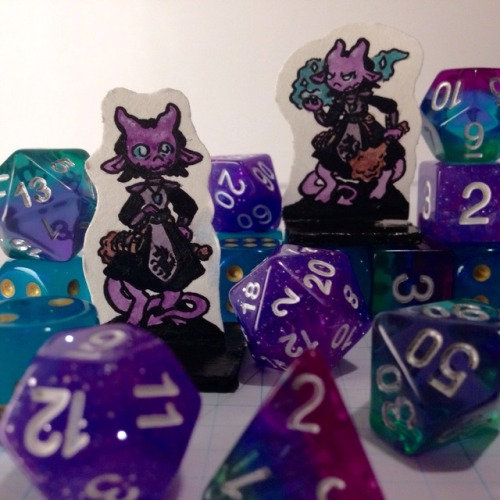

Counterspell drains the fun out of those confrontations. Part of the game’s challenge comes from facing evil wizards that rock the battle with spells. Part of the fun of Dungeons & Dragons comes from casting imaginary spells to bring down terrible foes. The spell should have followed the pattern of Sleep and kept a hit-point limit. The spell still requires concentration, but concentration in 5E costs no action. As with the original spell, allies or damage can rouse hypnotized creatures, but those allies face an entire party working to block them. Now every creature in the area of effect faced a Wisdom save to avoid becoming incapacitated. Perhaps someone decided on a simulationist approach: If everyone in an area sees the pattern, they all should save. The fifth-edition designers removed the hit-die limit.

Victims could no longer be roused, but the caster needed to concentrate-and in 3E, concentration demanded a standard action. Third edition tinkered with the spell a little. The spell never proved more troublesome than Sleep. Like Sleep, Hypnotic Pattern only affected a limited number of total hit dice. Like Sleep, an ally could break a victim’s stupor. Hypnotic Pattern started as the Illusionist class’s answer to the Sleep spell. As a DM, I may be biased, but I think the least fun scenes in the game come when PCs beat helpless foes to death. By the end of the encounter, player characters go from one beguiled victim to the next, raining attacks on the defenseless pinatas. With half or more of their foes incapacitated, a party can focus fire on the few that still pose a threat, picking off the outnumbered monsters.
:origin()/pre05/6420/th/pre/f/2008/130/e/c/dnd___sou_by_kyoultai.jpg)
Hypnotic Pattern forces every creature in its area of effect to make a Wisdom save to avoid being incapacitated. So what are the 4 spells and what makes them so irritating? Now they’re enshrined in the official rules. None of these spells even appeared in the playtest documents. When I investigated the origins of these 4 spells, I discovered that all introduced critical changes that turned them from forgettable to aggravating. In the D&D Open, players lose points for using spells like Hypnotic Pattern.Ĭuriously, none of the 4 annoying spells bothered players of previous D&D editions. At best, authors of adventures can concoct ways to discourage the spells. Some readers will ask, “So what? Just ban the spells from your game.” But DMs in the Adventures League cannot ban anything. Like sneak attack, these tend to appear in most fights, but unlike sneak attack, these spells sap a little bit of the fun out of play. Four spells dominated the list of annoyances.Īll of the annoying spells offer enough power to make them common in play once characters can cast them. I’ve asked D&D players and dungeon masters what spells they find the most annoying or the least fun in play. Spells also appear as a monster powers, turning some spells into foundational abilities that span the game.

Once wizards reach fifth level, they all start casting fireball. Every wizard tends to prepare the same powerful spells on the list. If you play a spellcaster, your powers sprawl into the spell list. All rogues make sneak attacks, cunning actions, and use evasion. Keep doing this until they either work out that a pair of scissors is the answer or they run out of clues.In Dungeons & Dragons, if you play a rogue, the class description describes your key powers. If they don’t guess that the correct answer is scissors, read them the second clue and ask them to guess again. To use that one, read the clue that’s on the first line to your kids and ask them to take a guess at what they think the answer might be.Īs the clue is that it’s something that comes as a pair but which isn’t some socks, they might guess that it’s a pair of headphones, underwear, shoes or glasses. The fifth of these is a What Am I Riddle. The first three of these are rhyming riddles, while the fourth is a one-liner that has an internal rhyme.


 0 kommentar(er)
0 kommentar(er)
